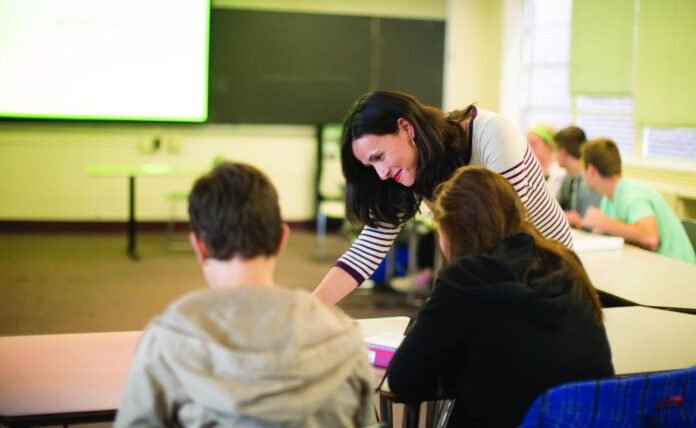In the landscape of contemporary education, the concept of the flipped classroom has emerged as a transformative force, redefining the traditional pedagogical model. This innovative approach, also known as flipped learning, inverts the conventional structure of classroom instruction, making direct instruction an activity outside of the physical classroom and shifting hands-on learning and interactive activities into the classroom. Championed by educators and institutions such as the Center for Teaching at the University of Texas at Austin, this method has proven to enhance student engagement and learning outcomes.
The Essence of Flipped Learning
At its core, the flipped classroom model advocates for a student-centered learning environment where class time is dedicated to applying concepts through active learning strategies. This pedagogical approach effectively utilizes outside-of-class time for students to engage with learning materials, typically through instructional videos or reading assignments. This strategy not only allows for more efficient use of class time but also caters to diverse learning styles, offering a more inclusive learning environment.
Pedagogical Foundations
The flipped classroom rests on a solid pedagogical foundation that values active learning and student engagement over traditional lecture-based instruction. By implementing flipped learning, instructors invert the traditional classroom dynamic, promoting a blended learning experience that combines online educational materials with interactive classroom activities. This pedagogical model encourages students to prepare before class, enabling more meaningful in-class activities that deepen their understanding of the subject matter.
Implementing the Flipped Classroom
To implement the flipped classroom effectively, educators must consider several key factors. The use of video and other learning management systems plays a crucial role in delivering content outside of the classroom. Harvard professor Eric Mazur, a pioneer in the field, emphasizes the importance of preparing students for active participation in the classroom through these pre-class materials. The transition from passive listening to engaging in problem-solving activities, group learning, and classroom discussions requires a shift in both teaching and learning strategies.
The Role of the Instructor
In the flipped classroom model, the role of the instructor evolves from the primary source of information to a facilitator of learning. This shift allows for more individualized attention, guiding students as they apply concepts and engage creatively with the material. Instructors use class time to address misconceptions, facilitate group learning, and support students in their learning journey, thus maximizing the learning opportunities within the classroom time.
Outcomes and Benefits
The benefits of a flipped classroom are manifold. Research, including case studies presented at international conferences on college teaching and learning, suggests that this approach can lead to improved test scores, higher student engagement, and better learning outcomes. By prioritizing active learning and student-centered teaching methods, the flipped model fosters a learning community that encourages collaboration and critical thinking.
Conclusion
The flipped classroom method represents a significant departure from traditional learning and teaching paradigms. By flipping the classroom, educators can create a dynamic and interactive learning environment that better meets the needs of today’s students. Implementing this approach requires thoughtful preparation and a willingness to invert traditional roles in the classroom, but the potential benefits—enhanced student engagement, improved learning outcomes, and a more inclusive learning environment—are well worth the effort. As we continue to explore and refine the flipped classroom model, it remains a promising path toward revolutionizing education for the better.
Also, read more at “kiendel.com“
